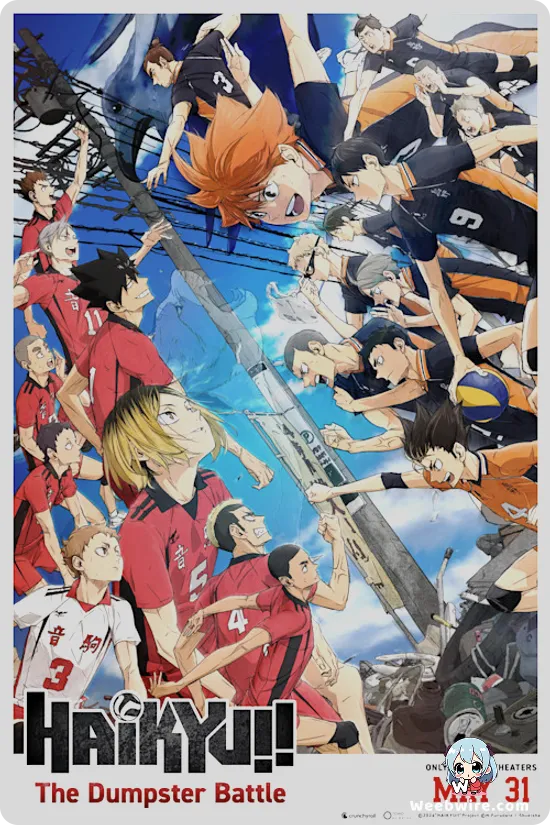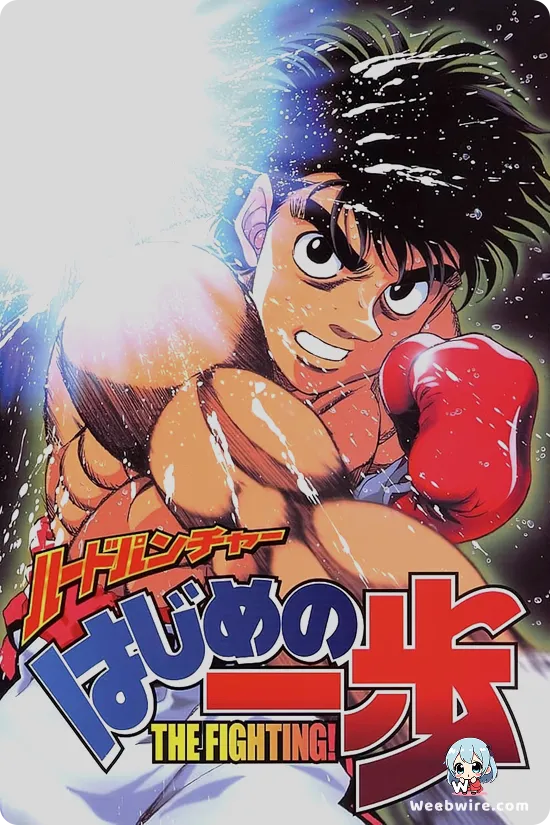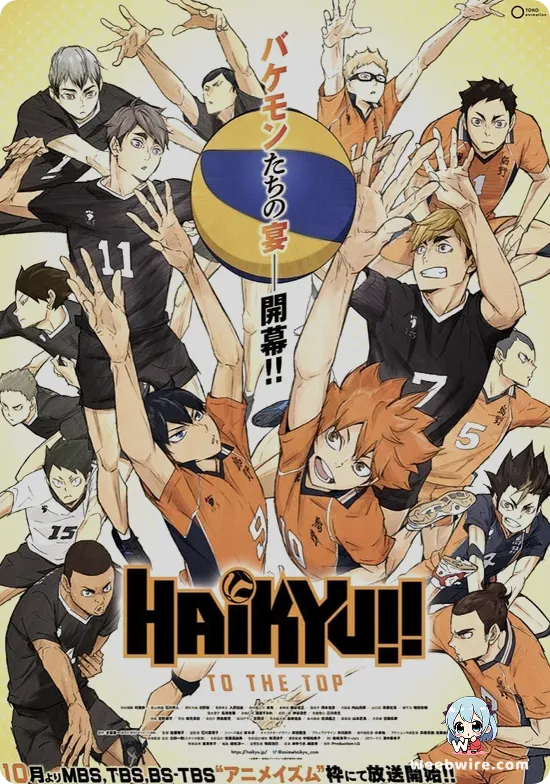The Unconventional Masterpiece: Exploring the Production Secrets and Psychological Depth of House of Five Leaves
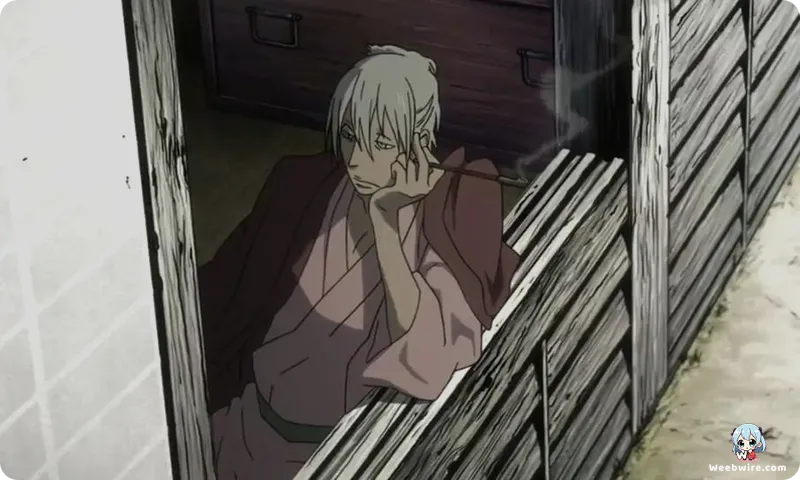
While Studio Manglobe is celebrated for its adrenaline-fueled classics like Samurai Champloo and Ergo Proxy, a quiet, critically acclaimed gem often goes unnoticed: the 2010 historical masterpiece, House of Five Leaves (Sarai-ya Goyou). This anime stands as a profound testament to mature storytelling, distinguishing itself through an atmospheric Edo period setting and an unparalleled focus on psychological depth and character study. Exploring the lesser-known facts surrounding its creation reveals why this title is still heralded as a benchmark for artistic integrity in animation.
The Unique Visual Identity of Natsume Ono
A defining feature of the series is its strikingly unique visual identity, which faithfully translates Natsume Ono's original manga aesthetic. Ono is renowned for an unconventional style characterized by rough, minimalist linework, elongated figures, and an emphasis on subtle, complex facial expressions over traditional anime beauty standards. This deliberate choice, meticulously preserved by Director Kenji Nakamura and Studio Manglobe, was crucial to enhancing the melancholic and grounded feel of the narrative. Rather than smoothing out the edges for mainstream consumption, the production team embraced the manga’s raw visual texture, resulting in an organic, authentic viewing experience reminiscent of a moving ukiyo-e woodblock print. This artistic dedication underscores the studio's commitment to prioritizing vision over commercial expectation, making the visual execution itself a key facet of the show's enduring legacy.
Akitsu Masanosuke: The Anxious Rōnin
The protagonist, Akitsu Masanosuke, known as Masa, offers one of the most compelling subversions of the samurai genre. Though a technically skilled rōnin, Masa is defined not by his sword prowess, but by crippling social anxiety. He is prone to intense stuttering, excessive sweating, and a profound inability to assert himself, making stable employment impossible. This psychological fragility forms the emotional nucleus of the series. Instead of focusing on large-scale combat, the plot traces Masa’s internal battle to overcome his shyness and find purpose, a journey catalyzed by his fateful interaction with the enigmatic leader, Yaichi, and the 'Five Leaves' gang.
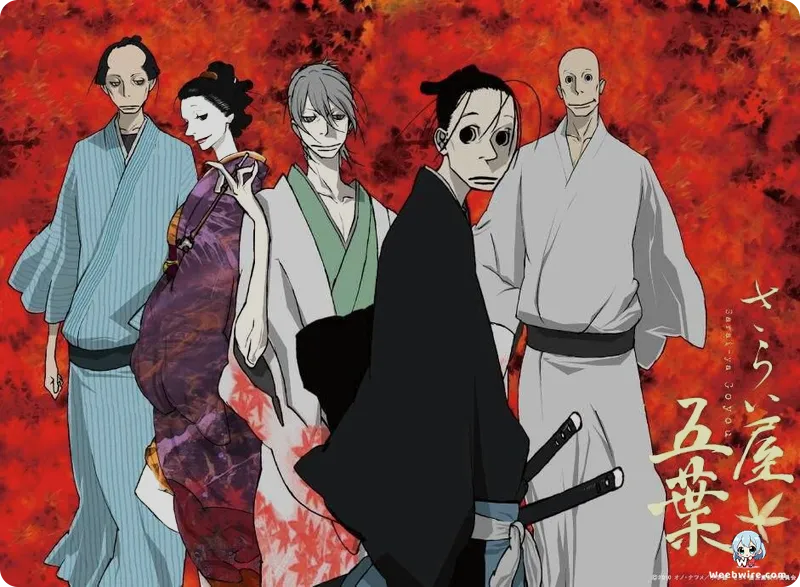
The Ambiguous Morality of the Five Leaves
The activities of the 'Five Leaves' group further cement the series' moral complexity. Far from being heroic vigilantes, the group operates as professional kidnappers. However, their targets are specific: wealthy, often corrupt, merchants or officials. Their protocol involves holding the victim briefly for a manageable ransom, usually ensuring their safe return. The original Japanese title, Sarai-ya Goyou, translates literally to 'Kidnapper Yaichi's Business.' This inherent ambiguity engaging in crime while adhering to a strange, almost ethical code of conduct is central to the unfolding mystery. Masa’s gradual realization of their true nature, and the subsequent internal conflict regarding his participation, drives the psychological tension. The series brilliantly uses this criminal underworld to dissect themes of loneliness, desperation, and the blurred definitions of morality in feudal society.
Commitment to Historical Authenticity
Beyond the narrative and character work, the historical setting is handled with impressive rigor, earning praise from historians and period drama aficionados alike. The attention to detail in the environment, clothing, social stratification, and period vernacular is evidence of extensive research. House of Five Leaves avoids using the Edo period merely as a backdrop; instead, it strives for social authenticity. It accurately reflects the severe economic and societal plight of the rōnin skilled but unemployed samurai struggling to survive in the rapidly evolving mid-18th century lending an educational weight to the drama. This unwavering commitment to socio-historical realism elevates the series far above conventional historical fiction, establishing it as a quiet, definitive triumph within the artistic archive of Studio Manglobe.
Credits
House of Five Leaves
Author
Natsume Ono
Cover Art
Natsume Ono
Studio
Manglobe
Publisher
Shinchosha
Producers

